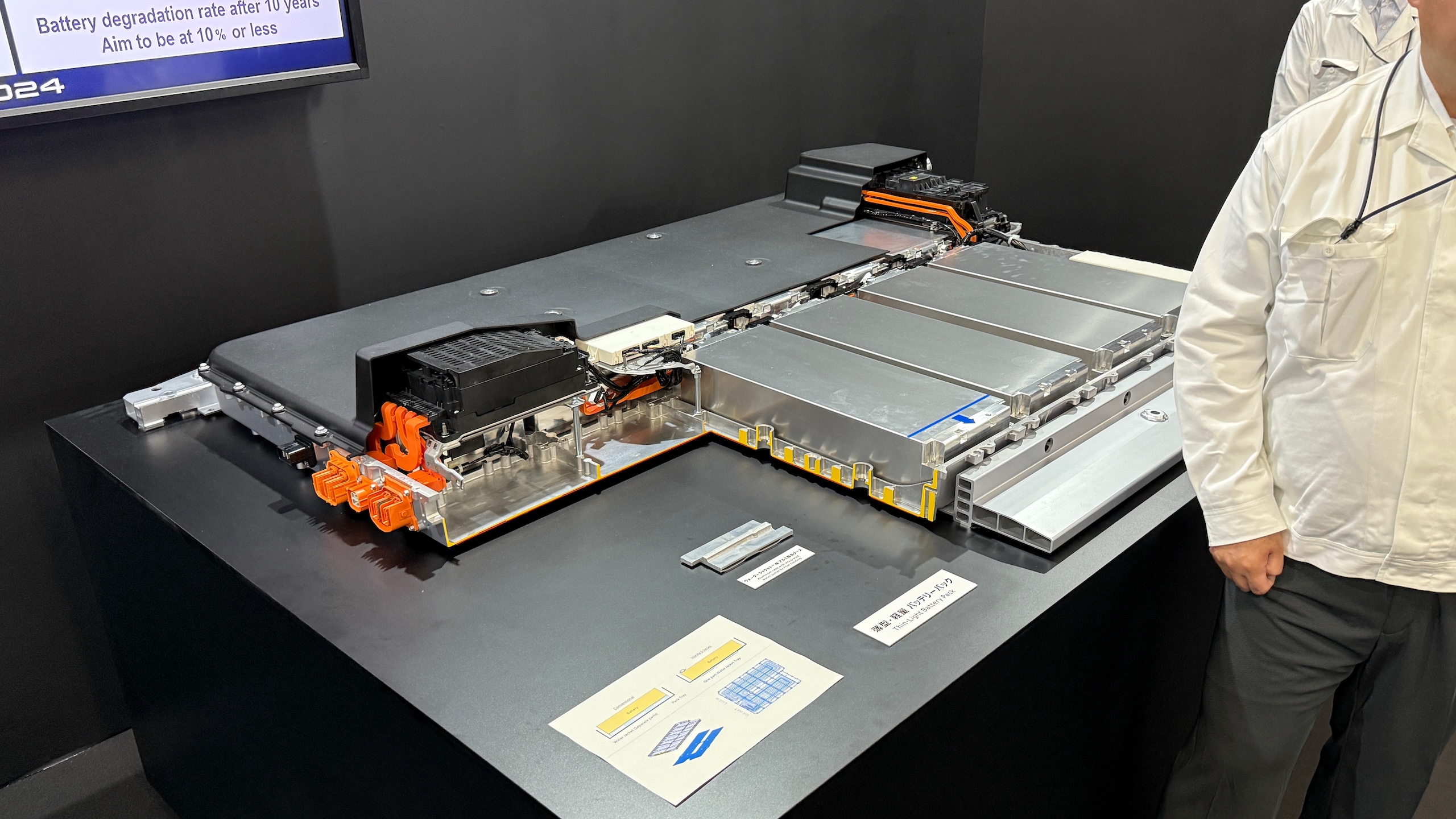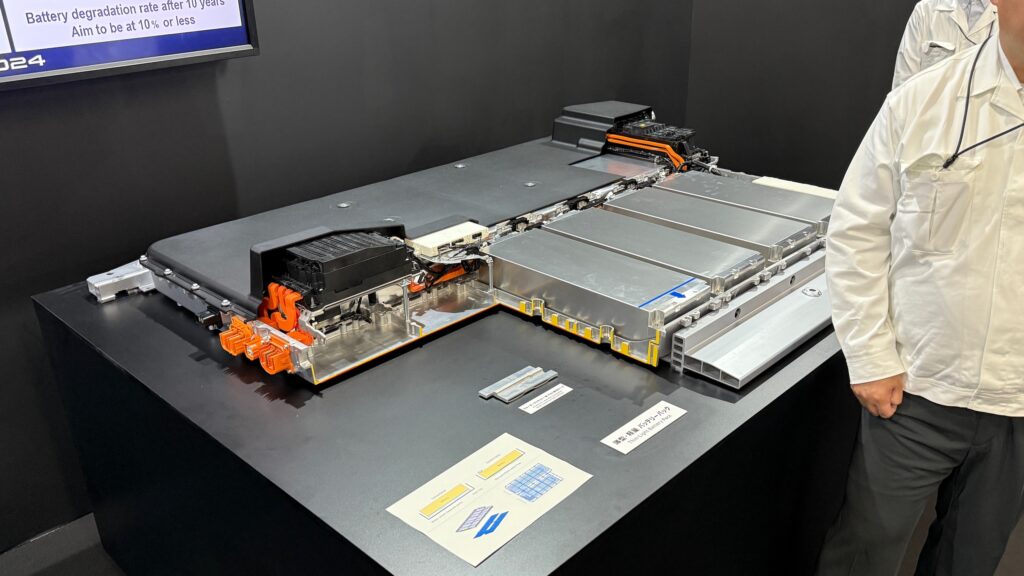
Scientists at the SLAC-Stanford Battery Center have released results of a new study which suggests current tests for EV battery range and degradation are all wrong. Although not really a huge surprise since, well, BEVs and ICEs are different species, one notable remark of the study, which was published in Nature, shines a light on the importance and influence of pedal pushing.
“We’ve not been testing EV batteries the right way,” Simona Onori, an associate professor and one of three lead authors of the study, told the Stanford Report.
Batteries are tested not unlike engines. In labs, life cycles are determined based on a constant rate of discharge followed by recharging, a cycle that is repeated ad nauseam until the battery succumbs. This includes the Environmental Protection Agency (EPA).
The EPA methodology for projecting EV range doesn’t vary all that much from how the agency tests fuel economy in gas vehicles. One test is as simple as driving a fully charged vehicle until its range is exhausted. The EPA also uses a baseline formula instead of actual dynamic testing to account for efficiency variations such as ambient temperatures, HVAC use, and driving style. The Stanford study says this is producing misleading results.
“Real driving with frequent acceleration, braking that charges the batteries a bit, stopping to pop into a store, and letting the batteries rest for hours at a time, helps batteries last longer than we had thought based on industry standard lab tests,” said Onori.
How much longer do the batteries actually last? Up to 38% longer. But we all like things translated into miles so that extra lifespan equates to “an underestimation of lifetime mileage of up to 195,000 miles.” Divided by the current average annual mileage of about 14,000 miles, and you’ve got another 14 years to drive a vehicle until its wheels fall off.
Not only does stop-and-go driving extend the life of EV batteries, the spurts of acceleration and braking also mitigates degradation. What now? This is because batteries age in different ways: charge-discharge cycles and time.
The assumption had been that charging cycles were more a factor in battery life than time itself. And that remains “mostly true” for commercial EVs like those used for public transportation and business use, which are in a constant state of use and charge. But researchers learned the errors of their ways, at least when it comes to the buying public.
“For consumers using their EVs to get to work, pick up their kids, go to the grocery store, but mostly not using them or even charging them, time becomes the predominant cause of aging over cycling,” said Alexis Geslin, a lead study author and Stanford PhD student.
Of course, the true lifespan of an EV battery can’t be determined through lab tests, no matter how “dynamic” they are. However, at least the new research provides a more realistic view as to the impact of charge-discharge cycles as well as identifies the potential balance between time and cycle aging.


